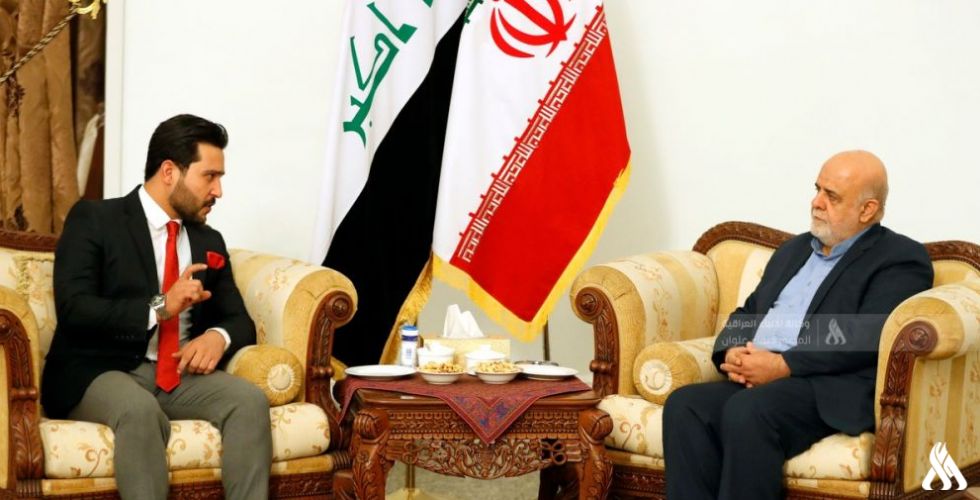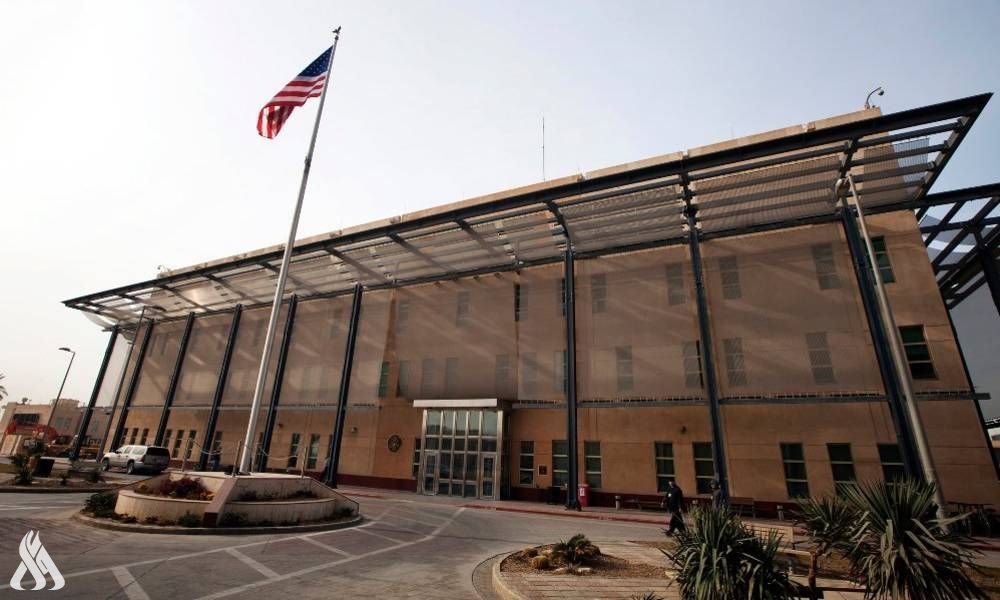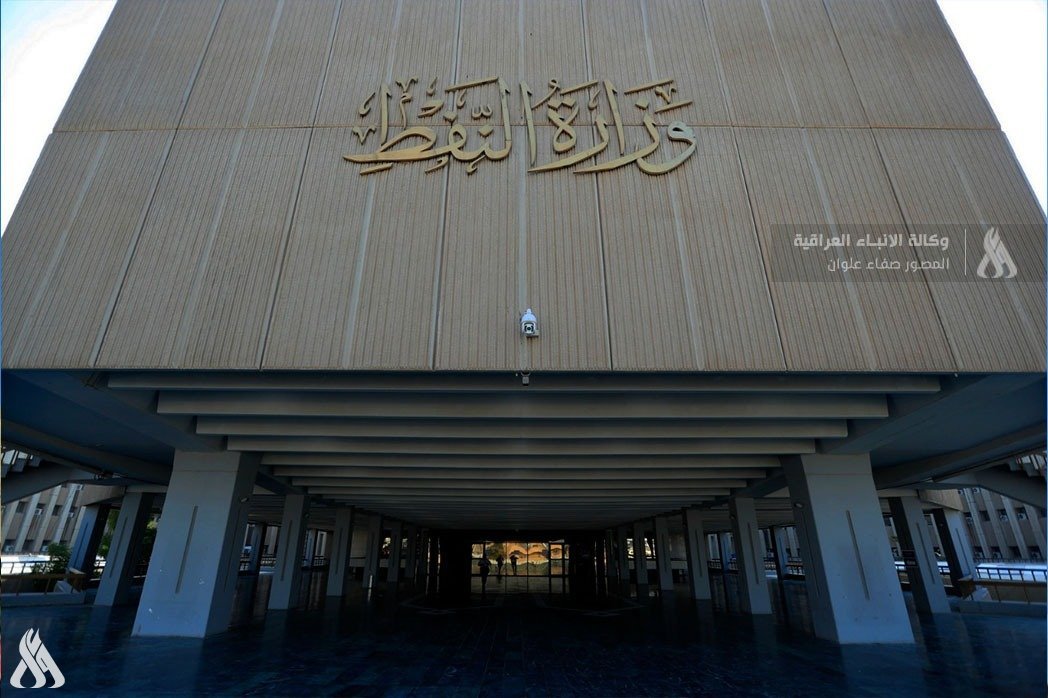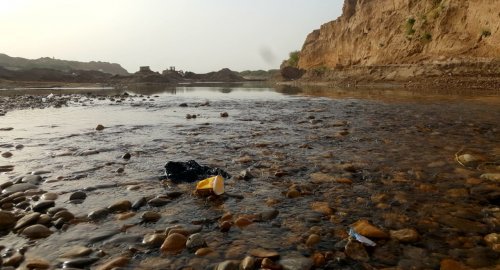
"Ali Al Sharqi" a city recorded by history in the Eternal Tigris waters

- 9-04-2021, 15:56
Maysan-INA
60 kilometers away, is located in the eastern district of Maysan, north of the center of Maysan Governorate, on the eastern bank of the Tigris River. Administratively, this city was established in the year 1959 and was named after the shrine of al-Jalil al-Sharqi or al-Sharqi. A historical and religious
A historical and religious
Ali al-Sharqi city is one of the cities that witnessed ancient civilizations, and what confirms this is the presence of archaeological landmarks in it.
The shrine of Sayyid Ali al-Sharqi, and the sub-district is close to the neighboring country, Iran, which gave it a vital character for comfort and recreation, and the Ali al-Sharqi sub-district is distinguished by its religious and tribal character, which is committed to the fact that it contains masters, sheikhs and notables representing authentic Arab tribes.
He added that "the city is inhabited by more than 30 thousand people, and its people are proficient in agriculture and trade. It is one of the ancient archaeological areas that go back to the state of Maysan and the stages of the Umayyad and Abbasid eras, and it includes seven (Alishn) remnants of ancient monuments dating back to the historical stages of the Maysan civilization." .
Neighborhoods.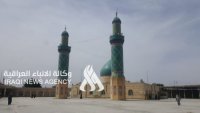 Al-Kinani continued, "Ali Al-Sharqi district includes a large number of authentic clans, including the Al-Dhahibat clans, Bani Uqba, Bani Lam, Al-Kanana, Kaab, Bani Asad, Al-Khurasan, Al-Subeeh, Al-Badir, Al-Zuhairy, Al-Dabbat and other Iraqi clans," indicating that "the city consists of seven main neighborhoods, which are Al-Hurriya neighborhood It is considered one of the oldest neighborhoods in the city and includes most of the families that have inhabited the district since ancient times, and the neighborhoods of Al-Salam and Al Rasoul, and Ramadan, which is one of the largest neighborhoods in the city, and the neighborhoods of the teachers, Al-Sadr and Al-Huda neighborhoods.
Al-Kinani continued, "Ali Al-Sharqi district includes a large number of authentic clans, including the Al-Dhahibat clans, Bani Uqba, Bani Lam, Al-Kanana, Kaab, Bani Asad, Al-Khurasan, Al-Subeeh, Al-Badir, Al-Zuhairy, Al-Dabbat and other Iraqi clans," indicating that "the city consists of seven main neighborhoods, which are Al-Hurriya neighborhood It is considered one of the oldest neighborhoods in the city and includes most of the families that have inhabited the district since ancient times, and the neighborhoods of Al-Salam and Al Rasoul, and Ramadan, which is one of the largest neighborhoods in the city, and the neighborhoods of the teachers, Al-Sadr and Al-Huda neighborhoods.
Trump: We've raised tariffs on China to 125%
- Economy
- 09:15
Wall Street Indexes Mixed as Trade War Escalates
- Economy
- 08:06
US Embassy: Trade Mission of 60 Companies Visits Iraq
- politics
- 25/04/07
